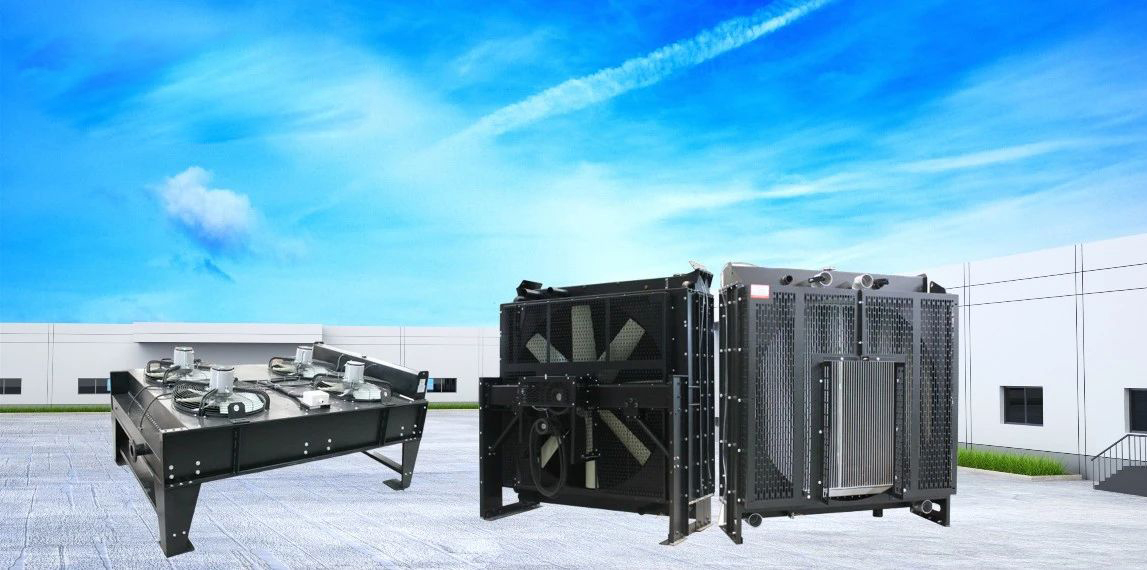Water Cooling Principle Of The Diesel Generator

The cooling water jacket is cast in the cylinder head and cylinder block of the diesel engine. After being pressurized by the water pump, the coolant enters the cylinder water jacket through the water distribution pipe. The coolant absorbs heat from the cylinder wall when flowing, and the temperature rises, then flows into the cylinder head water jacket, and enters the radiator through the thermostat and pipe. At the same time, due to the rotation of the fan, the air blows through the radiator core, so that the heat of the coolant flowing through the radiator core is constantly dissipated and the temperature is reduced. Finally, it is pressurized by the water pump, and then flows into the water jacket of the cylinder again. This continuous cycle will improve the speed of the diesel engine. In order to make the front and rear cylinders of multi-cylinder diesel engine cool evenly, the diesel engine is usually equipped with water pipes or cast iron water distribution chambers in the cylinder block. The cylinder body is equipped with a water pipe or cast steel water distribution chamber. The water pipe is a metal pipe. The larger the pump is along the longitudinal heat outlet, the same cooling intensity will be achieved before and after each cylinder, and the whole machine will be cooled evenly.
The water cooling system is also equipped with water temperature sensor and instrument. The water temperature sensor is installed at the water outlet pipe of the cylinder head and transmits the water temperature of the water outlet pipe to the water temperature gauge. The operator can use the water temperature gauge to know the working condition of the cooling system at any time. The normal working water temperature is usually 80-90 ℃. The coolant used in the diesel engine shall be clean and soft water. If hard water is added, the minerals in it will precipitate at high temperature and adhere to the pipes, water jackets and radiator cores to form scale, thus reducing heat dissipation, easily overheating the diesel engine, blocking the radiator core, and accelerating the wear of the pump impeller and pump housing. Because hard water contains a lot of minerals, it needs to be softened before being added to the cooling system. The common method for softening hard water is to add 0.5-1.5g sodium carbonate or 0.5-0.8g sodium hydroxide into 1L water. After the impurities have settled, the above clean water will be brought into the cooling system.





















